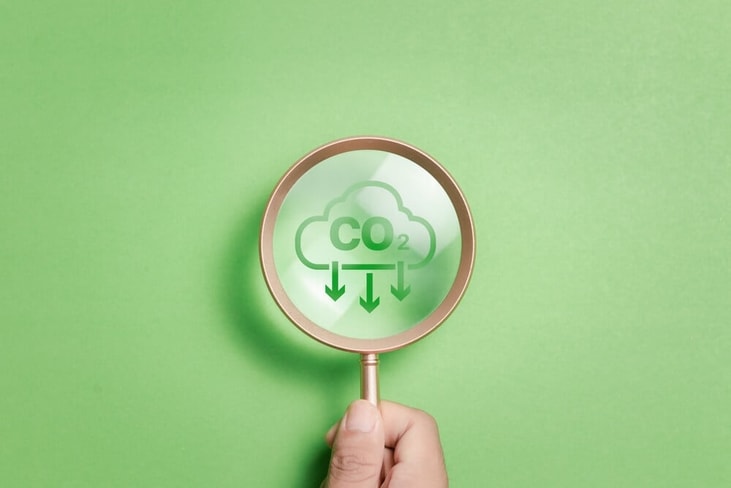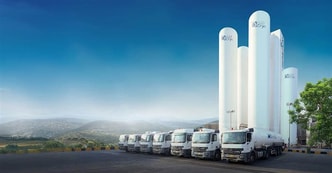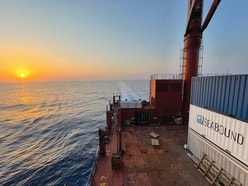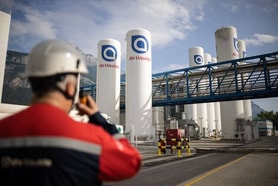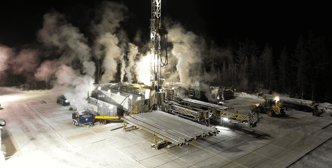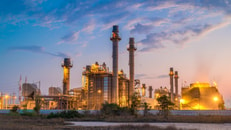Cleanova launches ‘groundbreaking’ carbon capture filtration tech
UK-based Cleanova has announced the launch of its new filtration technology designed for carbon capture, utilisation and storage (CCUS) applications.
By capturing carbon dioxide (CO2) from various emitters, CCUS is set to play a key role in achieving global Net Zero emission targets.
To ensure that CO2 is free from both solid and liquid contamination, filtration technology is used to separate the captured gases from each other.
“Filtration technology plays a pivotal role at every stage in the carbon capture process, from the arrival of the feed gas, through chemical absorption to final storage and transportation,” explained Chris Nixon, Engineering and Products Director at Cleanova.
... to continue reading you must be subscribed

